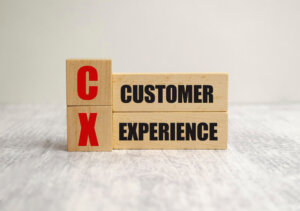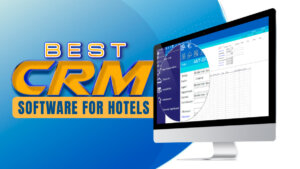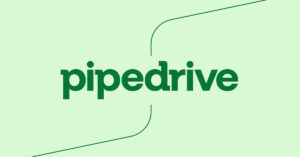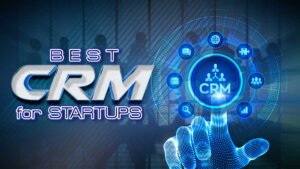Let’s be clear: if you’re not measuring any part of your service delivery, you are missing a huge opportunity to improve, grow or even save your business during these scrutinizing, tight economic times.
The challenge with specifying key indicators is that not all businesses will use the top customer service metrics. For example, a retail or fulfillment organization will have decidedly different key performance indicators than a software-as-a-service company.
For the purposes of this discussion, I have highlighted relatively general and important customer service metrics and incorporated a few varying perspectives for different use cases.
Service Level
For call centers, support, and service desks, the first call resolution is the Holy Grail. For a shipping operation, product delivery, and project implementation, on-time performance is the measuring stick. In a high-transaction business, the first interaction with a customer experience will be a key determinant of whether customer satisfaction will return with the first contact resolution rate of the customer support team. Don’t underestimate the importance of timeliness and thoroughness.
Customer Retention
For SaaS businesses, Utilization is the best indicator of a customer’s dedication to your service. Use this metric to understand who is at risk at contract renewal time. Monitoring Repeat Business is going to help non-SaaS businesses understand how sticky their product or service is for their customer effort score base. You should know which customers are using or buying different parts of your business to see the net promoter score. These customers who buy throughout your offerings are perhaps your most important to track customer satisfaction to focus on for your retention strategies with the exceptional customer service you provide.
Response time
You’d be surprised how many customer satisfaction surveys come back with comments such as “your service is great, you got back to me right away….” “I was surprised with how quickly you responded to my inquiry and it made all the difference even if I didn’t get the answer I was hoping for…” In today’s world of electronic relationship management, response time to the customer service team is one of the only ways we can communicate our sense of urgency and concern for our customers with our product or service. What is your Response goal – within X hours? Set one and achieve it. You should know what your competition is doing and beat their goal.
Want to really blow away a customer and cement your relationship? Pick up the phone and give them a personal call.
Time with the Customer
Are your customer-facing employees incentivized to keep calls short or to move too quickly from customer to customer? If so, you are sending the wrong message and subsequently affecting the quality of the customer interaction. There is a definite happy medium between the overly chatty service provider and the thorough and efficient provider like the customer service representative or customer service teams. Set your benchmarks for call duration and general time with the customer in relation to the ultimate goal of first call resolution, NOT the other way around.
In other words, a completely satisfied customer with great customer service agents not requiring a follow-up call or visit is much preferred over a quick, unresolved interaction.
Churn
Cancellations and returns are the equivalents of customer churn. If you don’t know how much business you are losing, you won’t be able to understand how much new business you will require to stay out of the red. As important as knowing how much, is understanding WHY you are losing customers. Take it to the next level and use follow-up surveys, phone calls, and personalized ‘how can we get you back’ emails. This survey information is real business insight for understanding your lost business.
By all means, this is not a comprehensive list of key performance indicators. To expand further we would need to focus on a particular business model to provide a more granular perspective. Start measuring and start making changes. Continue to evolve your key customer support metrics as your business evolves. Keep this process circular for continuous improvement.
Post these key performance indicators in your facility or on your intranet and regularly communicate them to your employee base to give everyone in your Company sensitivity to how you are performing for your most important asset: your Customers.
As always your comments are encouraged and appreciated. What are your key metrics?
 Sections of this topic
Sections of this topic















